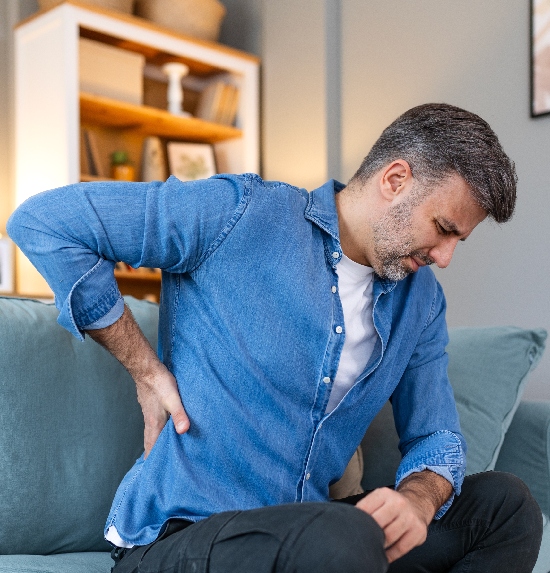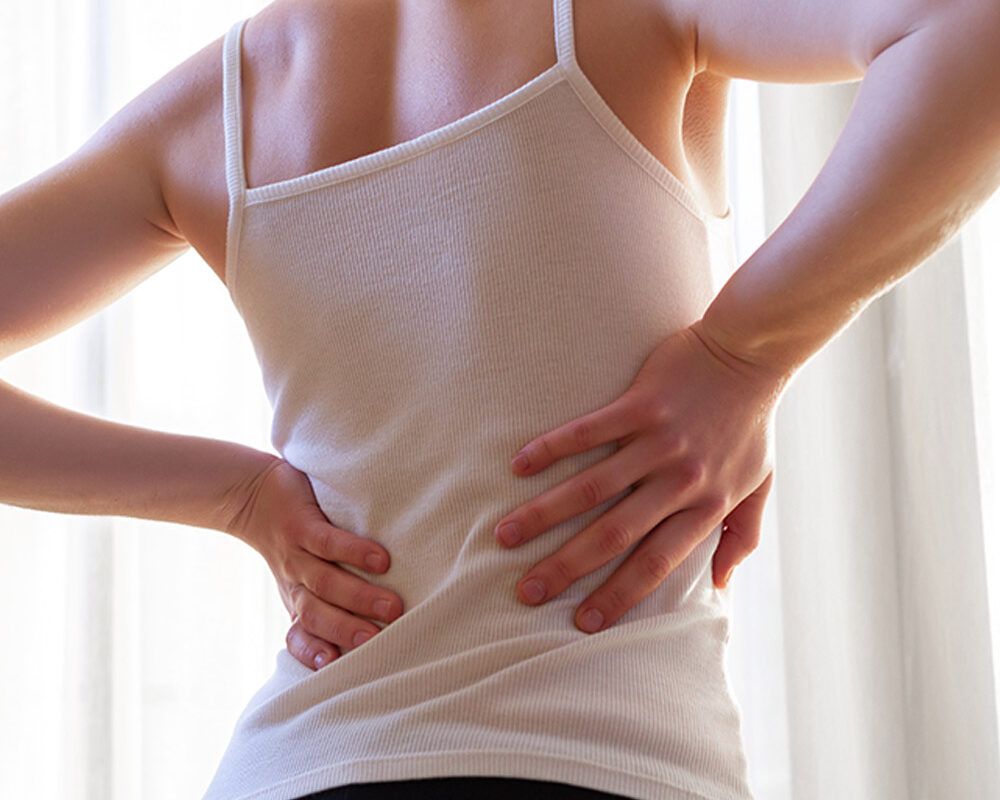
Understanding Renal Pain
- Kidney stones are the ninth most common cause of emergency hospital visits.1 It is estimated that approximately 7%-8% of women and 11%-16% of men will experience kidney stones by the time they reach the age of 70.1
- Renal colic refers to the intense pain that results from a blockage in the ureter, i.e. the tube connecting the kidney to the bladder, typically caused by a kidney stone.1, 2
- This pain occurs because the ureter contracts around the stone, leading to obstruction and swelling in the ureter, kidney and surrounding areas.2
- Although renal colic is not a long-term condition, it represents an emergency characterized by severe pain. Patients often describe it as the worst pain they have ever felt.3
Causes
- Renal colic typically occurs owing to a sudden blockage, such as a stone in the ureter. However, it can also stem from other issues or disorders.4 For example, issues within the urinary system, such as blood clots or the shedding of the kidney’s inner tissues.2
- Additionally, external factors, such as swollen lymph nodes, can contribute to pain. However, these usually lead to a milder and longer-lasting pain.2
- If the pain is continuous, dull or aching and does not spread towards the groin, it might indicate a cause other than a stone.1
Risk Factors2

Warmer Climates
Living in warmer climates can lead to dehydration, which is a key factor in kidney stone development. Additionally, more sun exposure increases vitamin D production, which has been linked to stone formation.
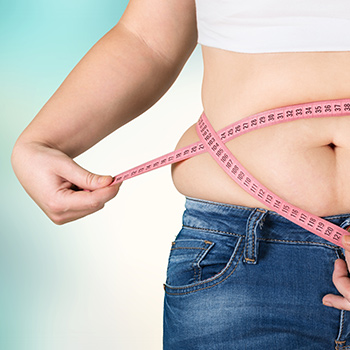
Obesity
High body mass index and weight are independent risk factors for kidney stones
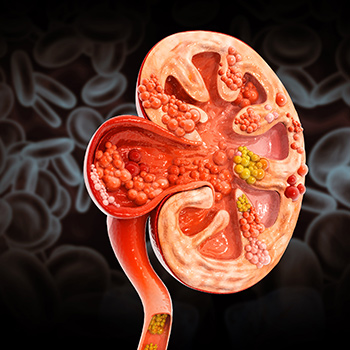
Family History
A history of stone disease in the family can increase an individual’s risk by about 2.5 times, influenced by both genetics and environmental factors such as hydration and diet.
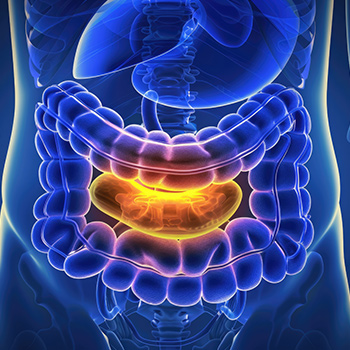
Anatomical Abnormalities
Structural variations in the urinary tract, such as a horseshoe kidney, heighten the likelihood of stone formation.
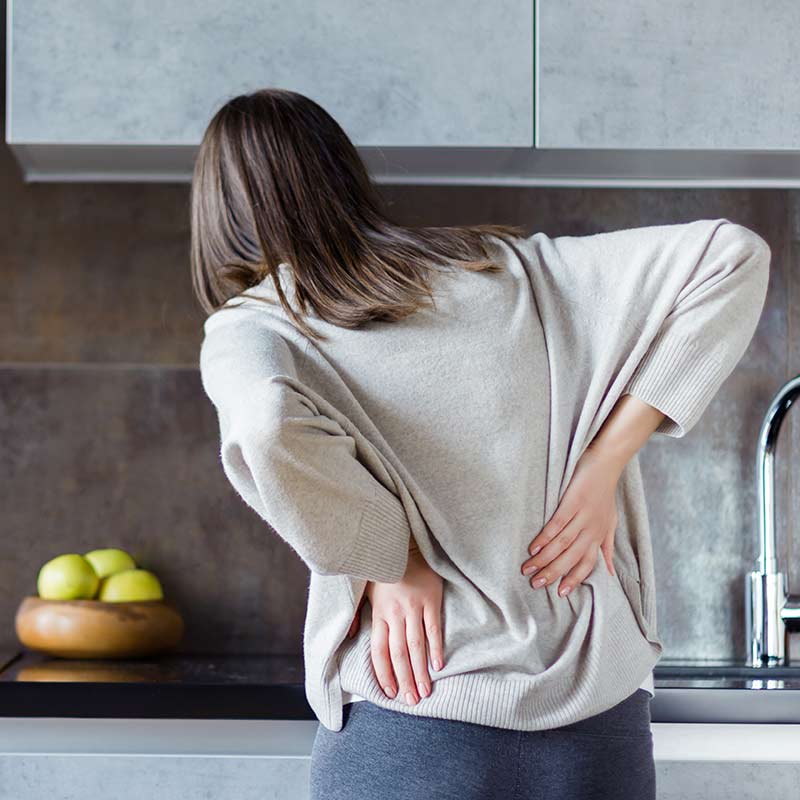
Work Environment
Occupations that expose individuals to hot conditions, such as working in a kitchen, can raise the risk of kidney stones due to increased chances of hydration.
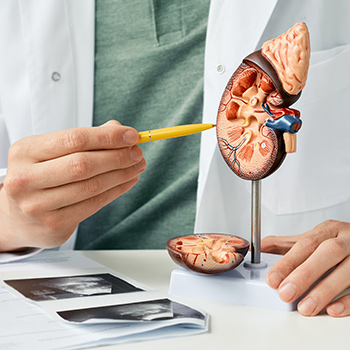
History of Stones
Those who have previously had kidney stones face a 30%-40% chance of experiencing them again within 5 years.
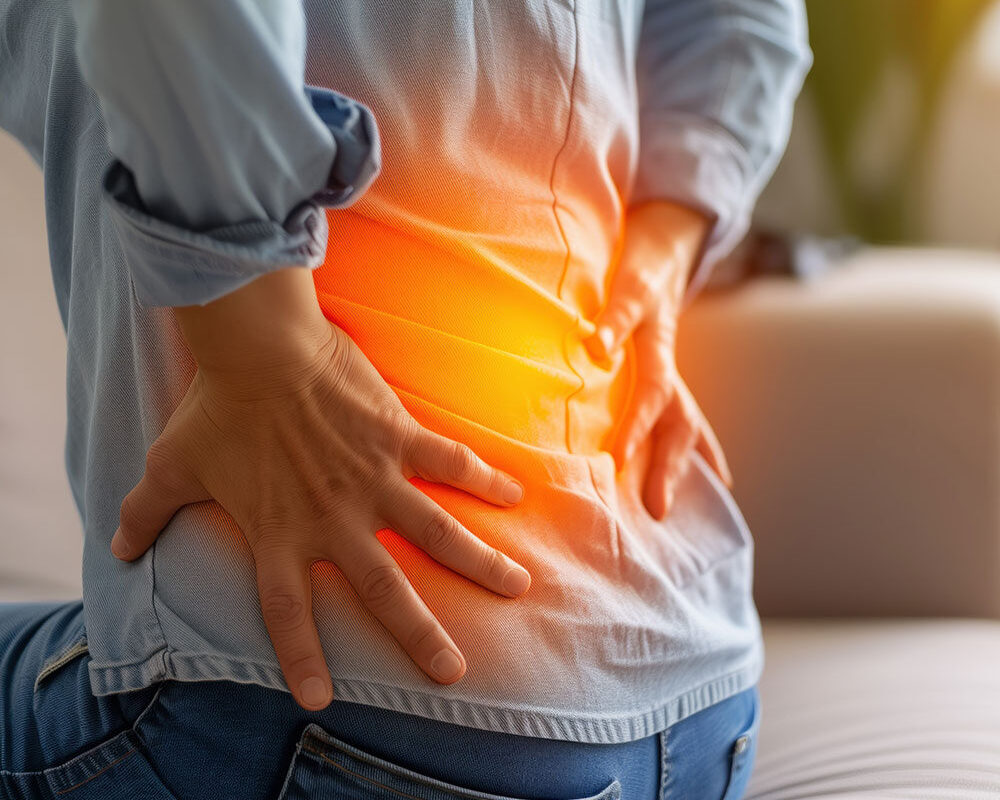
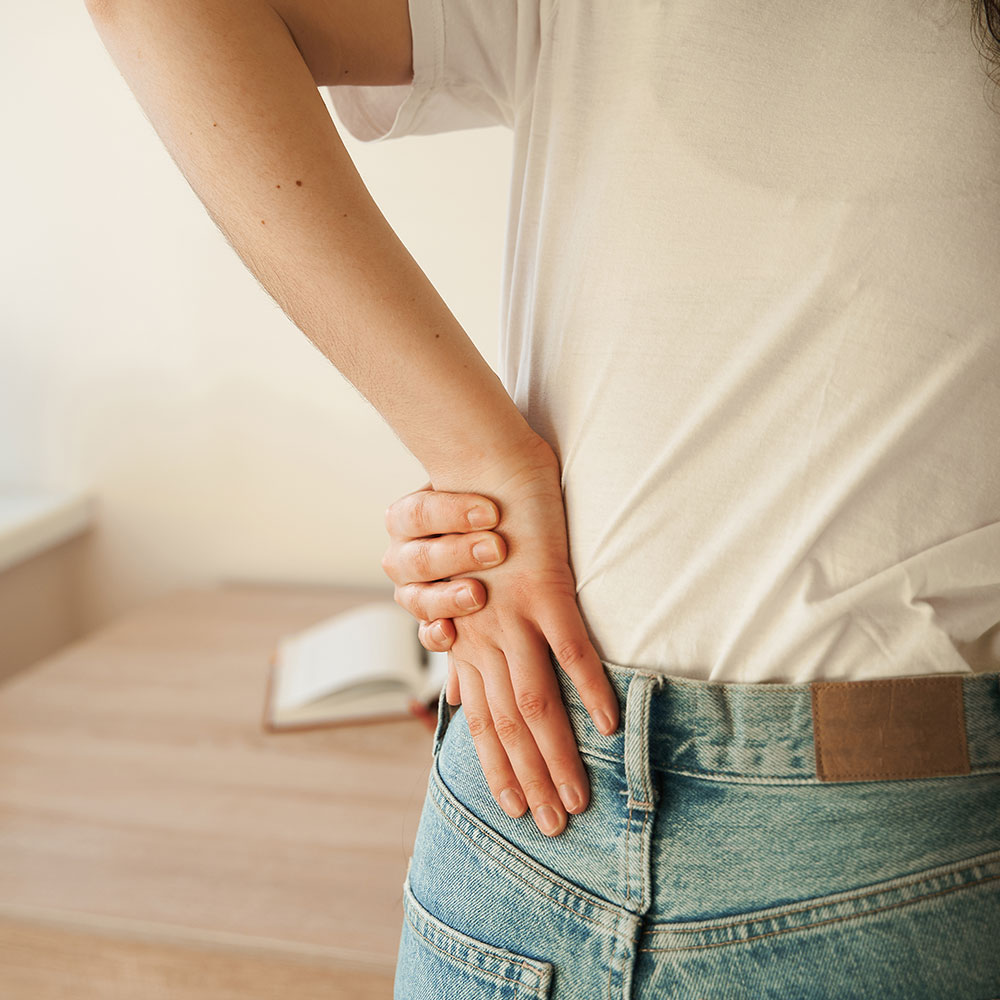
Symptoms
- A sudden, intense pain in the lower back or side, which can be as severe as labour pains, is the primary symptom of renal colic.2 Flank pain, or pain on the side of the body, is particularly common.1
- The intensity and location of the pain may change based on the size and position of the stone, the degree of urinary tract obstruction and how quickly the blockage occurs.1 The pain may radiate to the lower abdomen, groin and genitals, which helps pinpoint the stone’s location within the urinary tract.2
- When a stone is lodged at the junction where the ureter meets the bladder, there may be an urgent need to urinate, but only small amounts of urine are passed, often with discomfort and straining.2
- Blood in the urine is common in 60%-90% of people with kidney stone pain.1
- Nausea and vomiting frequently accompany this pain, which tends to come and go in waves, with intense periods followed by brief periods of relief.2
- Chills and fever may also be present.1
- The pain from renal colic typically causes high blood pressure and a fast heart rate. However, in certain cases, patients may experience low blood pressure, which could indicate an infection.1
- Without treatment, the pain can last for 4 to 12 hours.1
- In children, the symptoms of kidney stones can be less obvious, so if abdominal pain continues without a clear cause, a specialist should be consulted.1
- Patients are advised to seek emergency medical care when the pain becomes continuous, which is often within 2 hours of the colic episode starting.1
Diagnosis
- The diagnosis of renal pain is typically suspected based on the symptoms a person experiences.1
- It is confirmed through a combination of the patient’s medical history, a physical check-up, lab tests and imaging studies.4
- In men, an examination of the testes is vital, as problems in the scrotum can sometimes manifest as stomach pain.2


Management
- To effectively manage kidney stones, it’s important to drink sufficient fluids to produce at least 2 L, and ideally 2.5 L, of urine each day.4
- Applying heat to the abdomen and back may ease anxiety and pain in patients experiencing kidney stone pain (renal colic). Acupuncture is also suggested as an alternative approach for pain relief in these instances.5
- Patients with high oxalate levels in their urine should limit consumption of foods high in oxalates, such as spinach, nuts, chocolate and green leafy vegetables.4
- The risk of getting kidney stones increases when a person eats more salt. The intake of sodium, which is a part of salt and found in many canned, packaged and fast foods as well as in seasonings, condiments and meats, should be reduced.6
- Cutting down on animal protein can also help lower the chances of kidney stones. Alternatives for meat include beans, peas and lentils, which are plant-based, high in protein and low in oxalates.6
- Calcium sources should include plant-based foods such as calcium-fortified juices, cereals, breads, certain vegetables and beans.6

Track Your Pain Intensity
Understanding your pain is the first step toward effective management. Our Pain Assessment Test Tool is a simple, quick, and interactive way to assess the severity and frequency of your pain. This self-assessment is designed to help you better communicate with your healthcare provider, enabling personalized and timely treatment.
If you’re experiencing chronic discomfort, our tool provides a clear, easy-to-understand analysis that empowers you to take charge of your well-being.
Start the test now to measure your pain intensity and take the first step toward relief!
References:
- Favus MJ, Feingold KR. Kidney stone emergencies. In: Feingold KR, Anawalt B, Blackman MR, et al. eds. Endotext. MDText.com, Inc.; 2000. Updated September 13, 2018. https://www.ncbi.nlm.nih.gov/books/NBK278956/
- Bultitude M, Rees J. Management of renal colic. BMJ. 2012;345:e5499.
- Ayan M, Sogut E, Tas U, et al. Pain levels associated with renal colic and primary dysmenorrhea: a prospective controlled study with objective and subjective outcomes. Arch Gynecol Obstet. 2012;286(2):403-409.
- Patti L, Leslie SW. Acute renal colic. In: StatPearls. StatPearls Publishing; January 2024. Updated June 6, 2024. https://www.ncbi.nlm.nih.gov/books/NBK431091/
- Golzari SE, Soleimanpour H, Rahmani F, et al. Therapeutic approaches for renal colic in the emergency department: a review article. Anesth Pain Med. 2014;4(1):e16222.
- Eating, diet, & nutrition for kidney stones. National Institute of Diabetes and Digestive and Kidney Disease. Accessed September 11, 2024. https://www.niddk.nih.gov/health-information/urologic-diseases/kidney-stones/eating-diet-nutrition
- Gandhi A, Hashemzehi T, Batura D. The management of acute renal colic. Br J Hosp Med. 2019;80(1):C2-C6.
Other Abdominal Pain
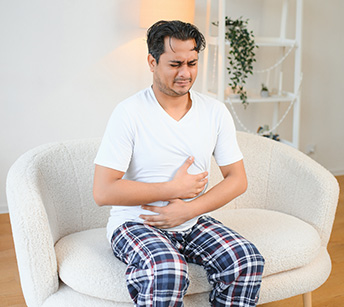
Stomach Pain
Recognize the different types of stomach pain to understand when to seek medical help.

Irritable Bowel Syndrome (Chronic)
Abdominal pain that is experienced for atleast 1D a week for 3 months.
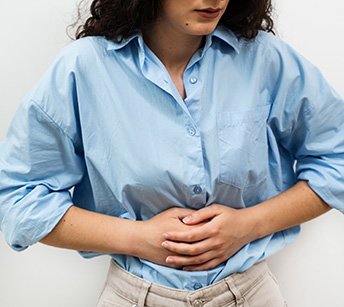
Menstrual Pain
The pain affecting individuals in their menstrual cycles typically centred in the lower abdomen
Colic (Chronic)
The sharp and localized abdominal pain that increases and then decreases in intensity.
01 Urinary Pain
A sudden, sharp, cramping pain in the side that is experienced due to kidney stone.
02 Renal Pain
The intense pain caused by a blockage in the ureter, typically due to a kidney stone.
03 Intestinal Colic
The cramping pain that comes and goes when the intestines attempt to push through a blockage.
04 Biliary Colic
A common type of upper abdominal pain caused by gallstones.
